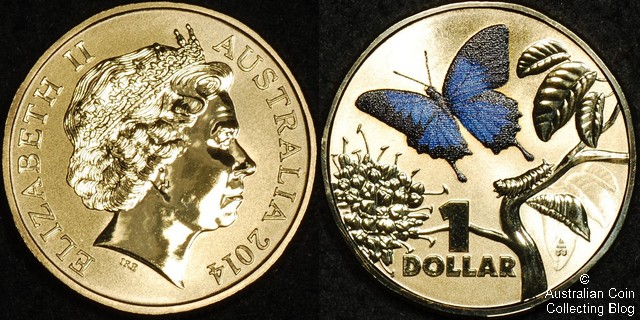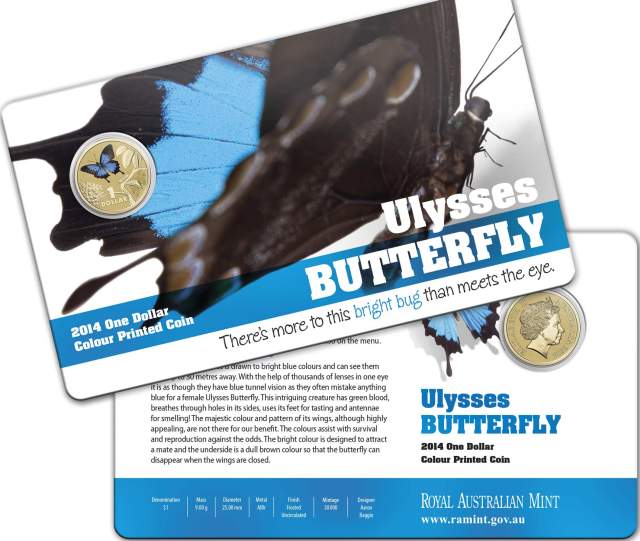If you’ve ever been fortunate enough to have visited the tropical rainforests of Queensland, Australia no doubt your experience has been made all the more memorable by glimpsing, usually just out of peripheral vision, flashes of the most beautiful shimmering iridescent electric-blue you’ve ever seen. That’s the Ulysess Butterfly, also called the Blue Mountain Butterfly or Blue Mountain Swallowtail.
It’s very difficult though to spot a Ulysses Butterfly at rest – when not in flight they close their wings to hide their upper wing colour of iridescent blue, revealing the lower wing colour of dull brown – the perfect camouflage in the leaf canopy, making them almost disappear. It’s the opening and closing of their wings in flight, revealing blue then brown, that makes their flight so spectacular.
The colour blue is completely irresistible to the male Ulysses Butterfly, who can spot that flash of iridescent blue from over 30 meters away. So next time you’re walking through the forest and multiple butterflies appear, remember to take note of the colour of your clothing – these butterflies might just be thinking that you’re the “lady of their dreams”.
If you live in the tropical regions of Australia, planting the Pink Evodia as a butterfly host plant (botanical name being “Melicope ellerana” or more commonly called the “Corkwood”, the “pink-flowered Doughwood” or the “Butterfly Tree”) will certainly attract the Ulysses Butterfly into your garden as they lay their eggs underneath it’s leaves, with the added benefit of the leaves being the best food source for the butterfly larvae. However, the Ulysses Butterfly has also been known to make the best use of citrus foliage as well (lemon and orange trees in particular). It’s been proven that female butterflies can smell the correct host plant for their species from huge distances – a good skill to have with butterfly food source becoming rare as human habitation invades the forested areas.
Be aware though that the Pink Evodia is a messy tree – it’s clusters of small pink flowers sprout from it’s branches and appear to resemble balls of fluff from a distance; it will continually drop branches throughout it’s life span; and at the end of the flowering season, the pink flowers become brown fruits with black seeds, that litter the garden floor around the tree. But the trade off is of-course attracting the Ulysses Butterfly, not to mention attracting Parrots, Rainbow Lorikeets and Honeyeaters who also find the flower nectar and brown fruits irresistible. Take care though where you plant this tree – when fully grown, it’s height can be anywhere from 10 through to 25 metres tall! And remember that surrounding plants and shrubs may also end up being butterfly larvae dinner.
As the emblem for Queensland Tourism and being incredibly beautiful, it’s no wonder that the Ulysses Butterfly is one of six $1 colour printed, frosted, uncirculated coins minted by the Royal Australian Mint in the “Bright Bugs” series – a collection of six coins portraying “the prettiest bugs from around the country” with the catchy phrase “there’s more to this bright bug than meets the eye”. This coin is paired with the Blow Fly coin in the first release for 2014.
This 25 millimetre aluminium bronze $1 coin depicts the Ulysses Butterfly “life cycle” designed by Aaron Baggio – from the food source of the Pink Evodia tree, leaves and flowers; through to egg, pupa and then larvae stage; through to the transformation into the beautiful Ulysses Butterfly pad printed in vibrant colour. With the obverse depicting the older standard portrait of Queen Elizabeth II, designed by Ian Rank-Broadley. The coin is issued at $15.00 with a capped 30,000 mintage.



